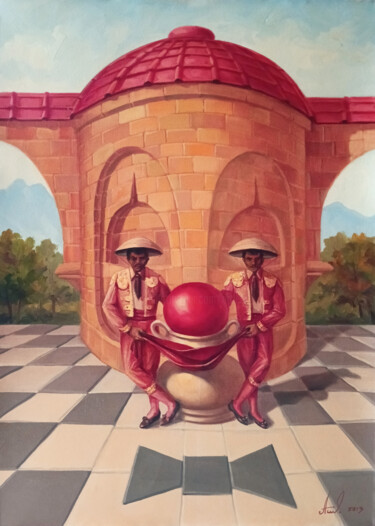21,303 Original Paintings For Sale:
How to define Surrealism style?
Surrealism is a literary and artistic movement that appeared in France in 1924, written by André Breton. It can be translated as "above realism" or "more than real".It is a dictation of thought, where reason and aesthetic or moral concerns must be erased. For Breton, surrealism is justified by a desire for emancipation: by freeing the unconscious to reconcile it with the conscious, humanity will be able to free itself from the constraints imposed by logic and reason. The artists and writers will therefore be inspired by the Dada movement, as well as the theses of Sigmund Freud, and the works of the Symbolists, in particular those of Gustave Moreau and Odilon Redon. In literature, this approach will manifest itself in curious experiments, such as automatic writing or the exquisite corpse. In art, different currents will stand out: we speak of organic surrealism (Joan Miro, André Masson, Max Ernst), for those who use automatic techniques to free their creative imagination, or dreamlike surrealism (Salvador Dali, René Magritte) for those who use traditional techniques to represent surrealistic subjects (visions, dreams, hallucinatory scenes, impulses, fears, phobias, desires…). Surrealism has a face: that of Dali and his mustaches, but it also has emblematic works in different mediums, such as the sculptures of Alberto Giacometti (Woman with the Cut Throat, Hands holding the Void ...), or the photographs of Man Ray (Black and White, Violin d'Ingres, The Gift…). The Swiss artist Meret Oppenheim for her part composed with these different mediums (sculptures, photographs, ready-mades) to transcribe with poetry the extent of this current. The recurring themes and symbols of surrealism are: unexpected encounters, incongruous juxtapositions, dehumanizing masks (African, gas or industrial), the praying mantis (embodying fear of women), as well as puns (especially between the title of the work and its composition) and other visual puns, such as the famous “This is not a pipe” by Belgian René Magritte.
Looking for Original paintings for sale?
Explore all styles and all painting techniques: contemporary paintings, street art, abstract art, figurative art, landscapes, portraits, still lifes, nudes, watercolor, oil painting, acrylic painting… ArtMajeur is for everyone artistic sensibilities and celebrates beauty by your side for 20 years with more than 3.6 million contemporary works of art to discover ... or acquire! The world benchmark for contemporary paintings. Discover works by contemporary artists from around the world to decorate your interior with class! Simple art lover or confirmed collector? Find the favorite canvas or painting that will truly enhance your decoration. ArtMajeur offers you original works, limited editions and art prints by the best contemporary artists in the world. On ArtMajeur, the paintings are selected by enthusiasts and experts in the art market. We select for you the original works of trendy, award-winning and recognized painters as well as new rising values in the field of contemporary art to guide you and help you in your process of buying paintings online.
Discover contemporary Surrealism Paintings on ArtMajeur
Contemporary Surrealism paintings are a unique form of art that explores the realm of the subconscious mind. These paintings often feature dream-like imagery, bizarre landscapes, and unconventional juxtapositions of objects. Artists use a variety of supports and materials to create these works of art, including canvas, wood, and paper, as well as acrylic and oil paints, pencils, and ink. What makes contemporary Surrealism paintings so special is the way they challenge our perceptions of reality, and invite us to explore the deepest recesses of our minds. Through their use of symbolism, surrealistic artists are able to convey complex emotions and ideas that are difficult to express through words alone. Whether it’s an eerie portrait or a whimsical landscape, each painting offers a glimpse into a world that is both familiar and strange, and that challenges our understanding of what is possible in art.

©2025 Nicholaas Chiao
Origins and History
Contemporary Surrealism paintings originated in the early 1920s as a response to the devastation of World War I, and was influenced by the ideas of Sigmund Freud and the Dada movement. It reached its peak in the 1930s with artists such as Salvador Dali, Rene Magritte, and Max Ernst, who created works that challenged reality and explored the subconscious mind. During the mid-20th century, Surrealism evolved, incorporating new techniques and themes, and was embraced by artists in different parts of the world. The movement continues to thrive today, with Contemporary Artists using Surrealism to express their emotions, comment on society, and explore the boundaries of human experience.
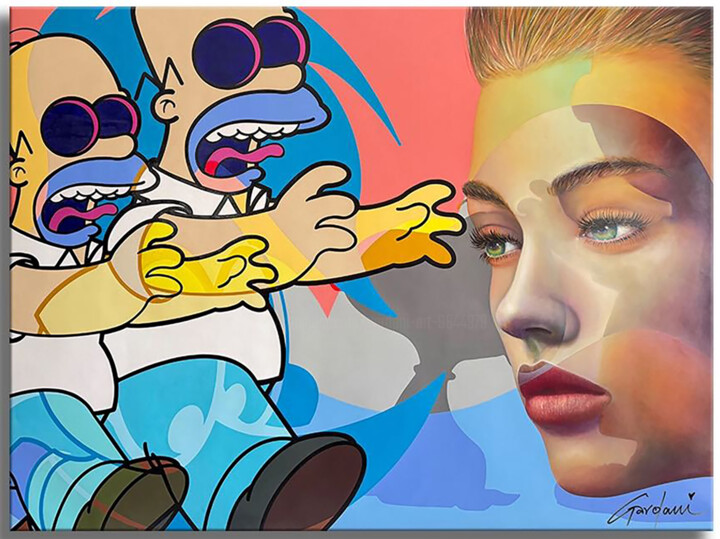
©2025 Gardani
Evolutions of theses works in the contemporary art market
Contemporary Surrealism Paintings have evolved immensely in recent years. Artists have taken the traditional surrealist style and incorporated modern elements to create new, innovative works. These paintings often depict dreamlike scenes with unexpected combinations of objects and figures. The importance of these paintings in the contemporary art market lies in their ability to create a sense of wonder and mystery in the viewer. They challenge traditional ideas of reality and force the audience to question what they see. This makes them highly sought after by collectors who want to own a piece of art that is both visually stunning and intellectually stimulating. Overall, contemporary Surrealism Paintings continue to push boundaries and inspire new ways of thinking about art.

©2024 Irena Aizen
Related Famous Artists
Contemporary artists who are well-known for their work about contemporary surrealism paintings include Salvador Dali, Rene Magritte, and Max Ernst.
Salvador Dali is a famous artist known for his surrealist paintings, which often feature melting clocks and distorted figures. His work explores the subconscious mind and the irrational nature of reality. He is also known for his eccentric personality and love of attention.
Rene Magritte is another well-known surrealist artist, who used everyday objects in unexpected ways to challenge our perceptions of reality. His paintings often feature bowler hats, apples, and pipes, but with a surreal twist. He also played with language in his work, often using it to subvert our expectations.
Max Ernst is a German artist who was a pioneer of surrealism. His work often features dreamlike landscapes, strange creatures, and distorted figures. He was known for his use of “frottage,” a technique where he rubbed a pencil over a textured surface to create a pattern that he would then incorporate into his paintings.
Other contemporary artists who have been influenced by surrealism include Yves Tanguy, Leonora Carrington, and Remedios Varo. These artists continue to explore the subconscious mind and the irrational nature of reality in their work, using surreal imagery to challenge our perceptions of the world around us.
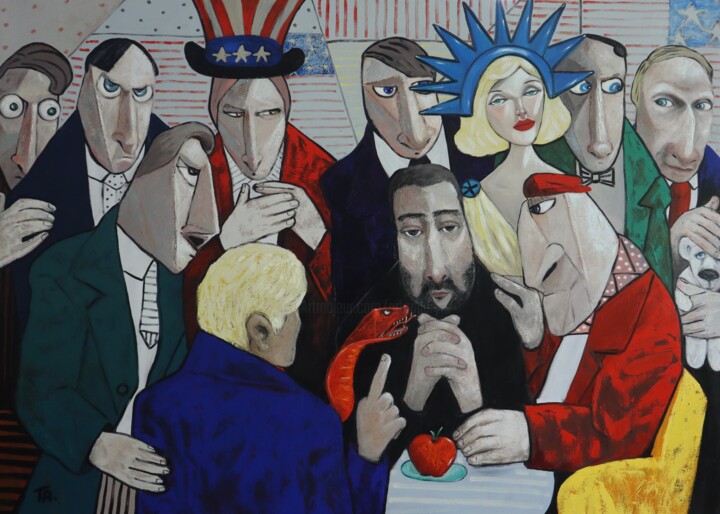
©2025 Ta Byrne
Notable contemporary Surrealism Paintings
Contemporary Surrealism paintings captivate the imagination and challenge our understanding of reality. Here are some well-known examples of this genre:
"The Persistence of Memory" by Salvador Dali (1931) Dali’s painting features melting clocks draped over a barren landscape, creating a dream-like, fluid atmosphere. The image has become a symbol of Surrealism and its exploration of the subconscious mind.
"The Son of Man" by Rene Magritte (1964) Magritte’s iconic painting depicts a man with an apple floating in front of his face, obscuring his features. The image invites us to question identity and reality, as well as the relationship between objects and their meanings.
"The Temptation of Saint Anthony" by Mark Ryden (2002) Ryden’s intricate painting portrays Saint Anthony surrounded by strange creatures and surreal landscapes, blurring the boundaries between fantasy and reality. The work draws on religious iconography while exploring contemporary themes of temptation and desire.
"The Elephant Celebes" by Max Ernst (1921) Ernst’s painting features a strange, elephant-like creature with a wooden frame and a series of pipes and gears. The image is a prime example of the Surrealist fascination with the subconscious mind and the bizarre images it can conjure.
"The Eye" by Remedios Varo (1960) Varo’s intricate painting depicts a series of surreal machines and devices, all centered around a giant eye. The work explores the relationship between perception, technology, and the human psyche, inviting us to question how we see and understand the world around us.
In these Artworks, we see Surrealism’s fascination with the subconscious, the uncanny, and the irrational. Through their intricate imagery and complex symbolism, these paintings challenge us to question our assumptions and explore new ways of seeing the world.

Db Waterman
Acrylic on Canvas | 43.3x43.3 in
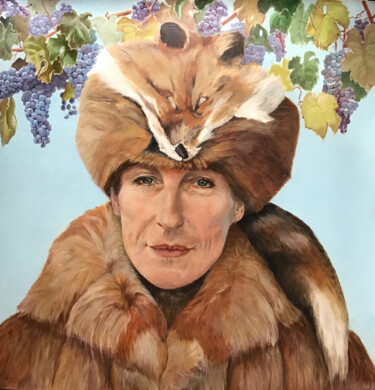
Clotilde Maillard
Oil on Canvas | 47.2x47.2 in

Federica Belloli
Acrylic on Canvas | 27.6x39.4 in
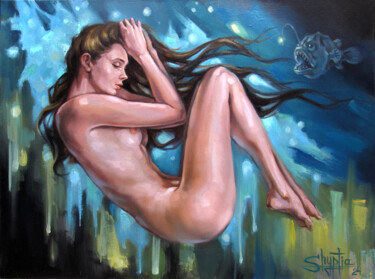
Kostiantyn Shyptia
Oil on Canvas | 25.6x34.7 in
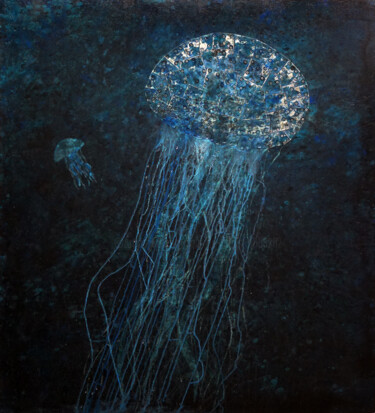
Lele De Bonis
Enamel on Wood | 43.3x39.4 in
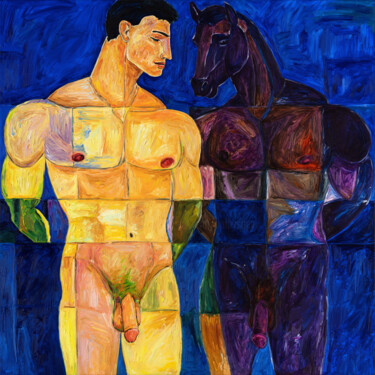
Oleksandr Balbyshev
Oil on Canvas | 45.3x45.3 in

Henri Eisenberg
Acrylic on Linen Canvas | 31.9x45.7 in

Gardani
Oil on Canvas | 48x48 in

Lutz Gaede
Acrylic on Canvas | 27.6x31.5 in

Christophe Stephan Durand
Oil on Canvas | 19.7x19.7 in

Thierry Mordant
Acrylic on Canvas | 15.8x19.7 in
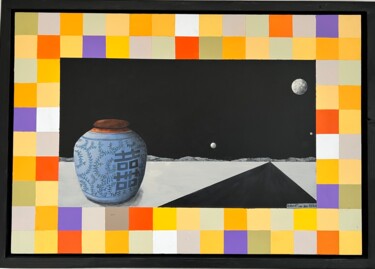
Robert Van Den Herik
Acrylic on MDF Board | 16.5x24 in
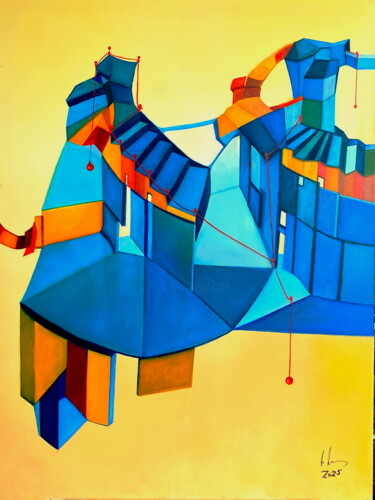
Ulla M. Neuhaus
Oil on Canvas | 39.4x31.5 in
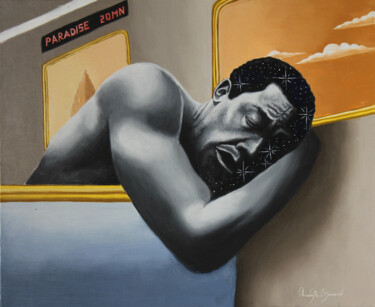
Christophe Stephan Durand
Oil on Canvas | 17.7x15 in
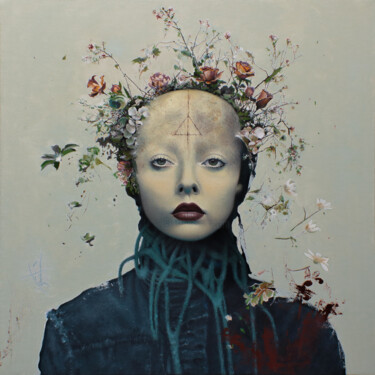
Marco Tidu
Oil on Canvas | 19.7x19.7 in
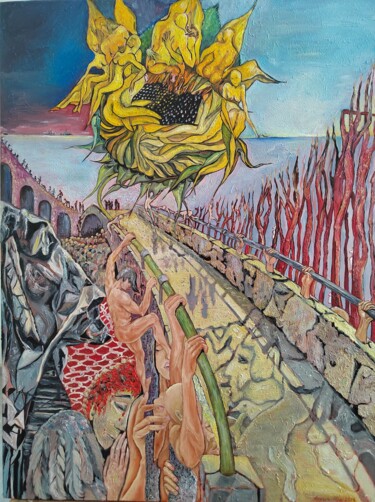
Irina Arhip
Oil on Linen Canvas | 31.5x23.6 in

Marina Podgaevskaya
Oil on Canvas | 33.5x39.4 in
